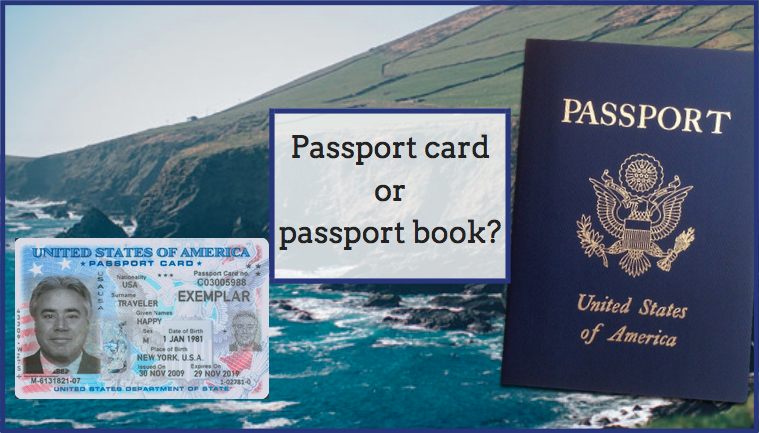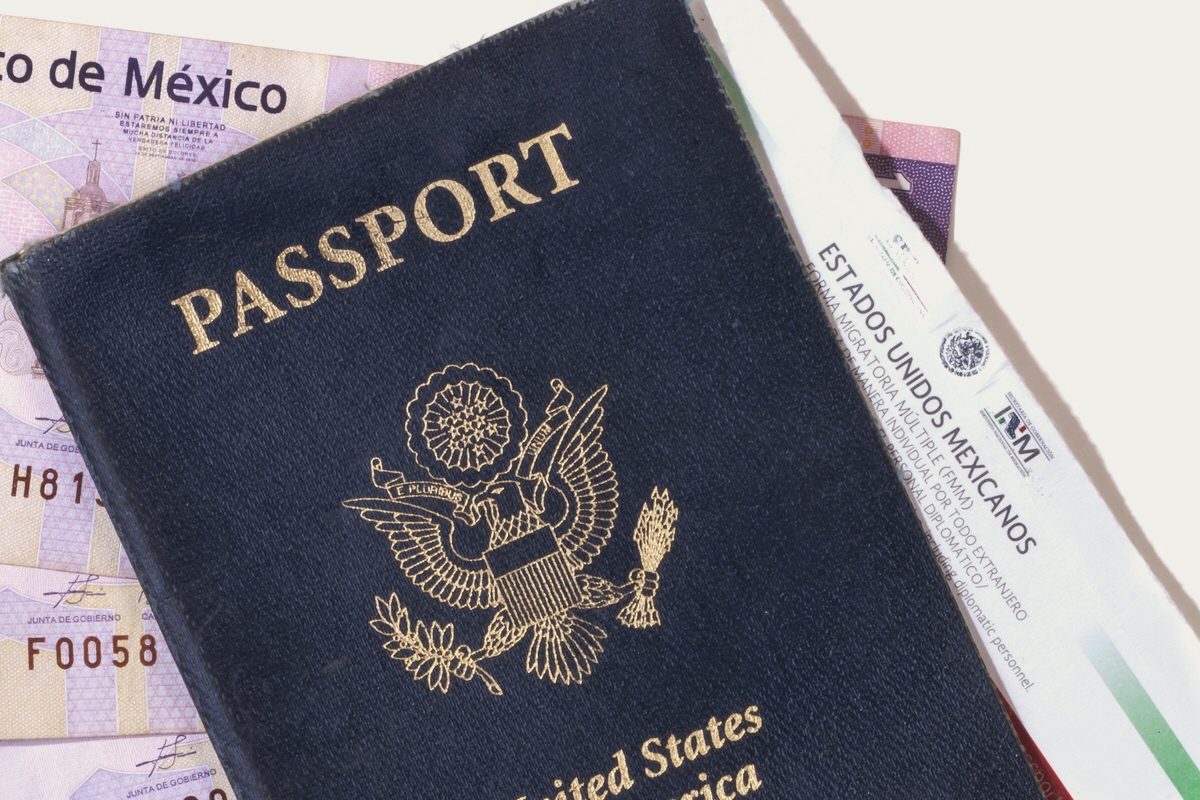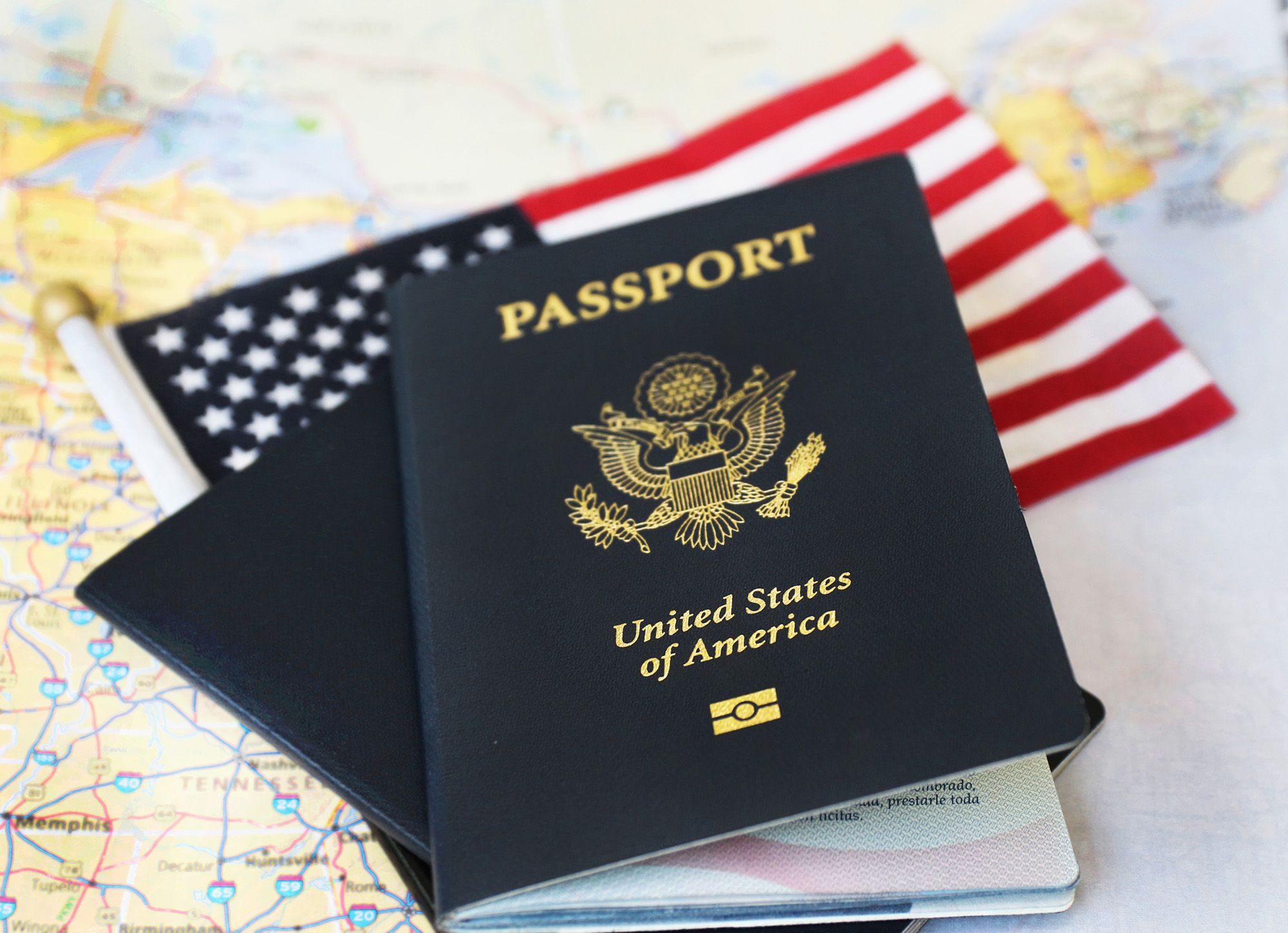Closed Loop Cruise: Passport Requirements & Destinations
Table Of Content
- Passports for Closed Loop Cruise
- What type of ID do you need to carry for a closed-loop cruise if you don't have a passport?
- Travel document requirements for sailings from Japanese homeports
- Travel document requirements for sailings from Haifa, Israel
- Accepted Identification for European Citizens
- New England and Eastern Canada

Cruise lines recommend that every passenger have a passport when traveling, even on closed-loop cruises when one isn't strictly necessary. It's the best way to prove your identification and citizenship and is an essential item if you unexpectedly get stranded abroad. It's also less cumbersome than carrying the required documents and papers with you wherever you go.
Passports for Closed Loop Cruise
Princess Cruises also recommends carrying a second government-issued photo ID while in port. A prime example would be if a closed-loop cruise stops at a port of entry on the island of Martinique. This destination requires all U.S. citizens to hold a valid passport to enter the country.
What type of ID do you need to carry for a closed-loop cruise if you don't have a passport?
As such, it does not require the passengers to have a U.S. passport—even if the itinerary visits some international ports along the way. After 9/11, the U.S. government ramped up border security, and launched the Western Hemisphere Travel Initiative (WHTI) in 2009 to clarify documentation requirements for people traveling into and out of the U.S. Closed loop cruises are a special category within the WHTI guidelines, and sailing on one means you can provide different I.D. Even if you plan to stick to a closed-loop cruise, we still recommend you invest in a passport or passport card before your cruise. Though you can cruise without a passport and still get home if you get stranded in port, the hassle of obtaining a temporary passport on top of making arrangements for last-minute travel is rarely worth it. In our minds, investing around a dollar per month for 10 years of security is a steal.
Travel document requirements for sailings from Japanese homeports
Page 65 – Cruise Hive - Cruise Hive
Page 65 – Cruise Hive.
Posted: Sat, 13 Jan 2024 08:00:00 GMT [source]
To qualify as closed-loop cruises, the places these itineraries can include must be contiguous territories of the United States. That includes Mexico and Canada, because both share land borders with the U.S., and several of the islands of the Caribbean. An Enhanced Driver's License (EDL) allows you to re-enter the United States from Canada, Mexico, and the Caribbean. However, an EDL is only accepted at land and sea border crossings, not for air travel. Imagine, for instance, that something goes awry, and you need to fly back to the United States from a foreign country for a medical emergency.
The spectacle of this vast river of ice meeting the sea is a highlight of the day. After a day at sea to enjoy the ship and its magnificent Resort Deck, you’ll arrive at Puerto Costa Maya, Mexico. A vast array of choices beckons here, like relaxed tubing at the freshwater Bacalar Lagoon, where you’ll drift over cenote-fed water that’s an astonishing shade of aquamarine. Additionally, without a U.S. passport, getting home or catching up with the trip could be challenging if you miss the ship in one of the ports. Rather, you’ll see terms like “return trip cruise” or “two-way cruises.” Check each itinerary very closely.

Even though a passport is not required on a closed-loop cruise, there’s a reason why cruise lines often strongly encourage passengers to bring a passport. It can also be an issue if you miss your embarkation due to a flight cancellation or delay and need to fly to an international port of call to catch up with your cruise. Maritime laws do require that a foreign port of call is included for ships not flagged in the U.S., which explains why most Alaska cruises make a stop in Canada. A common closed loop sailing might include embarkation in New York with a call in Bermuda, before returning to New York.
Accepted Identification for European Citizens
We created this mega-resource not because we love getting a passport, but because we grew tired of standing in long lines at the passport agencies. We also want our users to focus on traveling the globe not loosing hair. The process of going on a cruise brings along with it a wide variety of different implications that many people don’t think about. When you go on a cruise, you are typically doing so through various types of international waters worldwide. As a result, the United States Customs and Border Patrol will treat the voyage the same way you would if you traveled internationally by plane, for example – and you will have to go through the same process. If neither of these two choices fits your short timeline, we recommend using a trusted professional passport expeditor to get your new passport in as few as 24 to 48 hours.
Sometimes Sailing is a cruise-focused website by Dan and Mikkel Woodruff, a couple passionate about cruising. It’s another one of our favorite cruise lines, offering class and sophistication to a generally younger audience than Princess Cruises. In fact, we sailed on a wonderful closed-loop California itinerary that stopped in San Francisco, San Diego, Santa Barbara, and Ensanda before heading back to Los Angeles. Mexican Riviera and Hawaii closed loop itineraries are accessible from the West Coast, departing from the cities of San Pedro and Long Beach, San Francisco, and San Diego.

New England and Eastern Canada
Lounge at the Magic Carpet with a cocktail; this multipurpose platform is cantilevered over the side of the ship, with water on three sides, so you’ll feel as though you are flying. Or relax in the leafy serenity of Eden, or dine al fresco in the lovely Rooftop Garden Grill. However, there are things to be aware of when you’re looking into going on a closed-loop cruise from the United States. With the important information we have provided here, you’ll be an informed traveler who can make the best decision for your’s and your family’s next cruise.
Travelers can also enjoy a variety related to the type of cruise they book with ocean cruises, river cruises, and casual, and luxury experiences alike all readily available. For closed-loop cruises (starting and ending at the same U.S. port), a passport isn’t required to re-enter the U.S. However, a passport might still be needed depending on the cruise’s other stops and the cruise line’s requirements. Cruises offer a unique opportunity for travelers to experience multiple destinations all in a single vacation. However, this also means adhering to the diverse entry and exit regulations of each country visited.
Passengers without a passport would be required to stay onboard the ship at this point in the cruise which could put a damper on the fun if it's something unexpected. On the other hand, open-loop cruises always require a valid U.S. passport for American travelers. Open-loop cruises start in one U.S. port and conclude in a different U.S. port.
Trundle through the sugarcane fields on a scenic train journey, or hike Mount Liamuiga, a dormant volcano at the island’s center. Visit neighboring Nevis and see the birthplace of Alexander Hamilton, one of the founding fathers of the U.S. Sail to the sun on Celebrity Apex, departing Fort Lauderdale, Florida for vibrant Puerto Rico, where an afternoon and evening in port mean you’ll see two faces of charismatic San Juan. Explore the chunky fortress, Castillo San Felipe del Morro, and the brightly colored streets of Old San Juan, or visit the Bacardi distillery to learn about and sample the famous rum. This cruise also visits the beach paradise of Cozumel, for all manner of watersports, shopping, and sizzling Mexican cuisine. From Ensenada, you could snorkel over underwater rock formations at Todos Santos island, or join a wine tasting tour to Calafia Valley, Mexico’s wine-growing region.
For closed-loop cruises, guests of all ages do not typically need a passport to travel. However, valid passports are required for open-loop cruises and international cruises that stop at ports outside the United States, Canada, Mexico, and the Caribbean. Even if you're on a closed-loop sailing, certain islands in the Caribbean – Guadeloupe, Martinique, St. Barts, Barbados and others -- require a passport for entry. It's your responsibility (not your cruise line's) to learn the requirements of each of the destinations you're visiting before you go.
Comments
Post a Comment